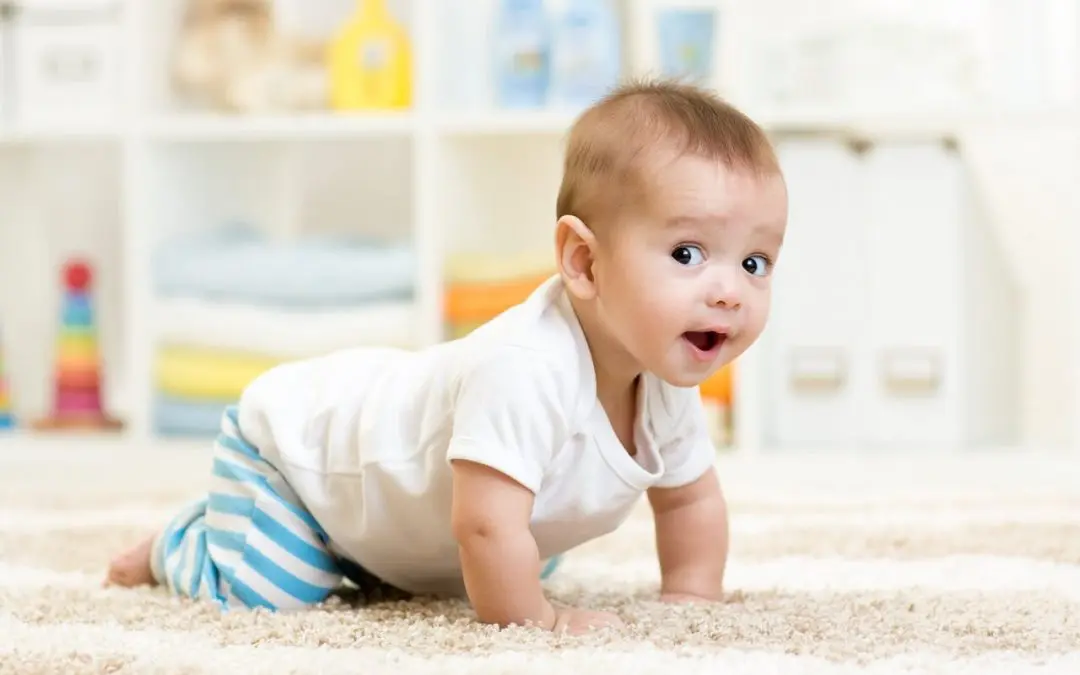Babyproofing Your Home in 3 Steps
There are three main steps for babyproofing your home before you bring your newborn into the house. Follow the steps below to customize a babyproofing system for your living spaces.
Learning About Babyproofing Your Home
Parents often look for potential risks to their newborn or toddler. These dangers include everyday items such as window blinds, plastic toys, and household plants. Learning about household dangers empowers parents to make simple changes. The first step for babyproofing your home is researching potential dangers in the home.
Observing the Home From a Baby’s Perspective
Babyproofing your home requires looking at each room from a new perspective. Instead of focusing on items at eye level, concentrate on areas under the three-foot mark. Sitting on the floor to inspect for potential hazards is a good place to start. Things that are new and interesting to a baby or toddler could also be dangerous to them. Any risks that you find should be removed, covered, or locked.
Custom Babyproofing For Your Home
Every home is different, so the babyproofing process should address your specific needs. Obvious risks include electrical outlets, which can easily be protected with plastic covers. Hardwood, slate, and granite floors can be dangerous for new crawlers and toddlers who teeter more than they walk. Foam floor mats provide protection against hard flooring.
Furniture with sharp corners presents a danger to babies. Babyproofing your home may require moving these pieces to another room or a storage unit until toddlers are steady on their feet. Likewise, lightweight furniture that will topple if a baby tries to pull themselves up should be anchored or moved to another location out of reach.
Common Household Accidents
Aside from falls, new parents should be aware of other potential household hazards. Keep cleaning products out of sight and securely locked. Prescription and over the counter medications should always be kept out of reach. Window blinds have cords that can pose a risk. Create a habit of scanning the floors for small objects that could be a choking hazard or electrical cords that may cause a fall.
Making Adjustments as Children Grow
Some dangers, such as furniture and flooring, become safer as toddlers gain confidence on their feet. Previously hazardous pieces can be reintroduced as children grow older. Baby gates can be removed from the stairs when children have the ability to grasp handrails.
This is also the point at which you should switch your focus to items on higher shelves that children can now reach. Step ladders, chairs, and other items that can be used for climbing should be removed or monitored when children are present.
Outlook Home Inspections provides home inspection services to Greater Charlotte and Western North Carolina. Contact us to book an appointment.

